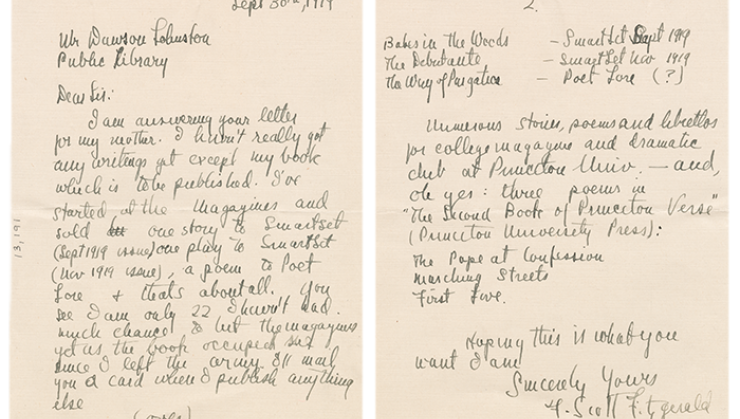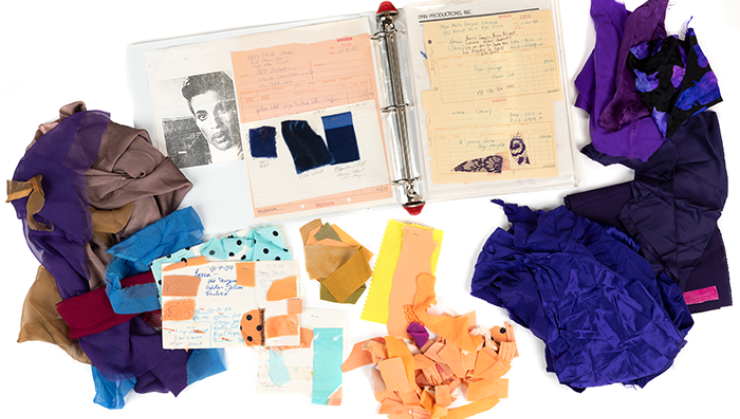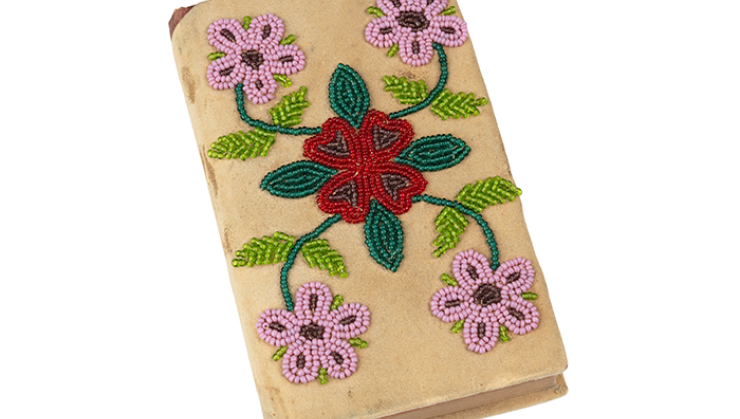

The Stories We Keep: 25 Objects from MNHS
Ticket price includes admission to all Minnesota History Center exhibits. MNHS Members get in free.
This exhibit features 25 objects from MNHS collections—a rich trove built on the generosity and foresight of thousands of people who have entrusted us with their belongings and their stories.
Each object connects to a past moment. As you spend time with them, ask questions. Who made you? Who cherished and saved you? Did you change lives? What secrets do you hold?
Look closely, then read carefully. Let each story unfold. When you harness the power of objects to study the past, the discoveries never end.
For more than 175 years, the Minnesota Historical Society has preserved and shared the stories that define our state. The Stories We Keep, the inaugural exhibit in the Minnesota History Center’s new Collections Gallery, brings this mission to life through 25 remarkable objects from MNHS collections.
Notable objects from The Stories We Keep:
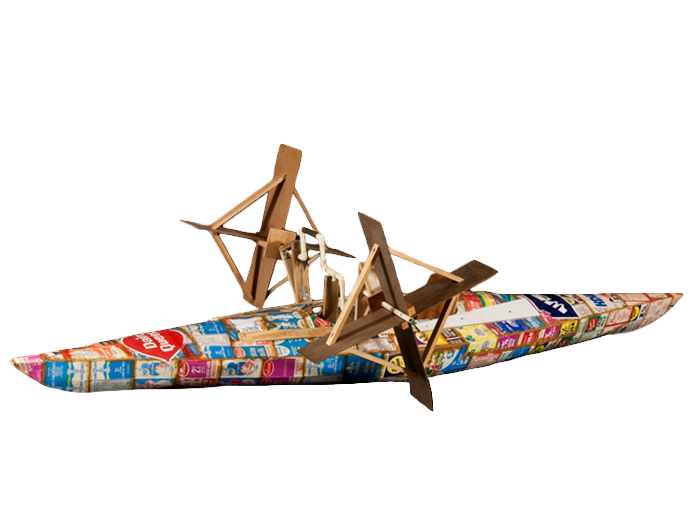
Milk carton kayak
Made by David Garron
1971
2004.142.1
Milk carton kayak
Built for the first Minneapolis Aquatennial Milk Carton Boat Race in 1971, this kayak crossed Bde Maka Ska (then known as Lake Calhoun) every summer until 1977. It then ended up in the rafters of maker David Garron’s garage. Thirty years later, Garron’s son cleaned up the kayak and dubbed it “The Spirit of ‘71.” He recruited a 71-year-old friend to steer the boat and, you guessed it: “Spirit” won first place in the 2001 race.

Gordon Parks
Portrait of Florence L. Fletcher
Hand-tinted gelatin silver print
1940
AV2014.122
Gordon Parks photo of Florence Ward Fletcher
Gordon Parks (1912–2006) lived in St. Paul on and off for about 15 years. During that time, he honed his skills by focusing on portraiture and fashion photography.
Parks became one of the most highly regarded photographers and filmmakers in the United States. Many of his nuanced portrayals of African American life were published as photo essays forLife magazine.
This is one of several portraits Parks created of Florence Ward Fletcher, an accomplished singer and one of his favorite models.
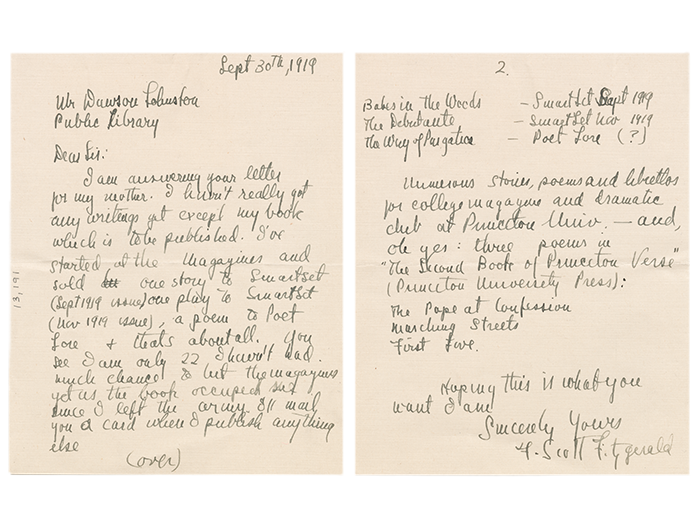
Letter from F. Scott Fitzgerald to Dawson Lobuston, St. Paul Public Library
September 30, 1919
Collection 13,191/Reserve 57
Page 2
F. Scott Fitzgerald letters
Minnesota has produced its share of famous writers, including St. Paul’s own F. Scott Fitzgerald. Best known for his novel The Great Gatsby, Fitzgerald was a remarkably talented and complex man. Though he lived most of his adult life elsewhere, Fitzgerald’s experiences in St. Paul ripple through his writings.
This letter, like much of MNHS’s Fitzgerald collection, documents Fitzgerald’s life before he became a famous writer. Shortly after he wrote this, Fitzgerald’s world changed forever. His first book, This Side of Paradise, was a huge success that catapulted him to celebrity status.
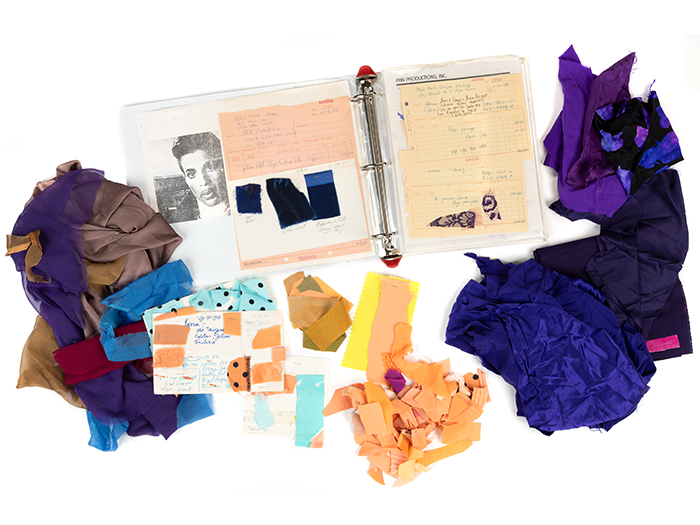
Dyed fabric samples for Prince’s Purple Rain, Parade, and Sign O’ the Times tours
About 1985–1987
Purchase supported by Arts & Cultural Heritage Fund of Minnesota’s Clean Water, Land & Legacy Amendment
2023.84.3
Prince costume samples
Did you ever wonder where Prince’s shade of purple came from? This binder is as behind the scenes as it gets. It’s a collection of fabric swatches, invoices, notes, memos, and sketches created by designers and master dyers. All the intensity, creativity, and expertise behind the creation of spectacular outfits for Prince and his bandmates is revealed.
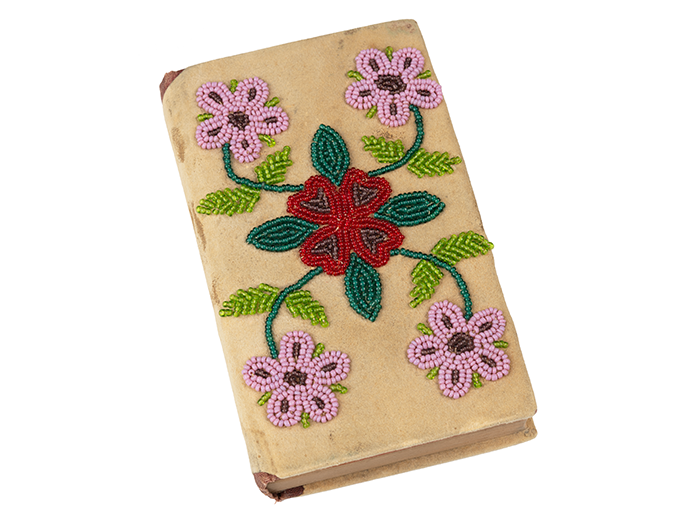
Okodakiciye Wakan Tadowan Kin/Hymnal According to the Use of the Protestant Episcopal Church in the Missions Among the Dakotas of the Missionary District of South Dakota
Compiled by William Hobart Hare, 1902
Purchase supported by Carl A. Weyerhaeuser Rare Books Fund
PM1024 .O463 1902
Hymnal with beaded cover: Okodakiciye Wakan Tadowan Kin
The artist—or artists—who created this book cover didn’t sign it. Missionary churches organized Wíƞyaƞ Omníc̣iye (women’s gatherings) where members created needlework, quilts, quillwork, and beadwork to sell to raise funds for the church. This book cover might have been made in such a group.
Native women used these church-sponsored maker spaces to build and reinforce community ties, and to pass along art traditions. That’s what makes this work so intriguing. Elements of Ojibwe and Cree beadwork styles appear on this Dakota-language hymnal. Where did the artists come from? Did women from other tribes visit or live at this reservation? Who taught whom?
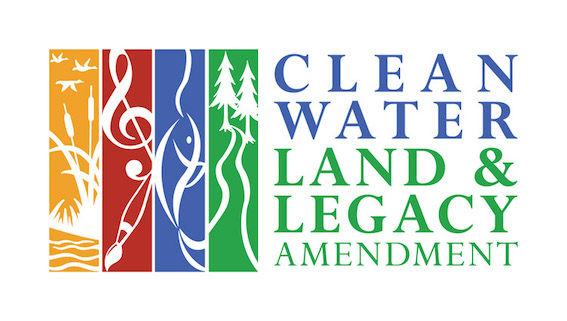
Funding provided by the State of Minnesota's Legacy Amendment, through the vote of Minnesotans on Nov. 4, 2008, and our generous donors and members.
Sponsors

The Ruth A. and Raymond A. Reister Endowed Fund




